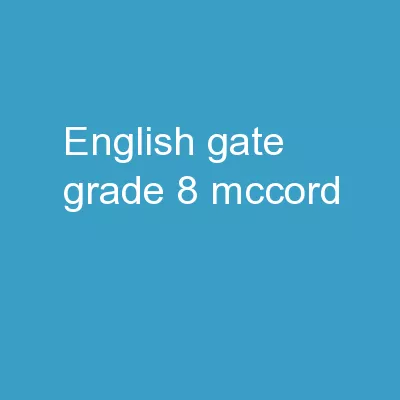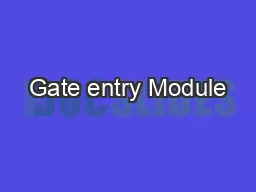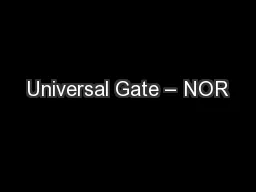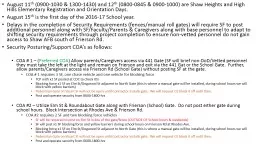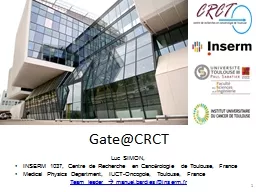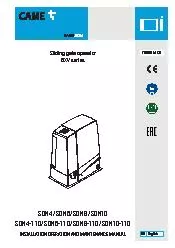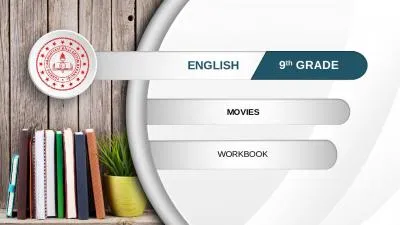PPT-English/GATE Grade 8 McCord
Author : natalia-silvester | Published Date : 2019-03-14
Mrs Yates Mystery amp Terror Afraid of Classic Literature CONTENTS MYSTERY PLAYS SHORT STORIES POEMS TERMS Silver Blaze TellTale Heart Annabel Lee Story Elements
Presentation Embed Code
Download Presentation
Download Presentation The PPT/PDF document "English/GATE Grade 8 McCord" is the property of its rightful owner. Permission is granted to download and print the materials on this website for personal, non-commercial use only, and to display it on your personal computer provided you do not modify the materials and that you retain all copyright notices contained in the materials. By downloading content from our website, you accept the terms of this agreement.
English/GATE Grade 8 McCord: Transcript
Download Rules Of Document
"English/GATE Grade 8 McCord"The content belongs to its owner. You may download and print it for personal use, without modification, and keep all copyright notices. By downloading, you agree to these terms.
Related Documents

